The Wildflowers of Mt. Rainier
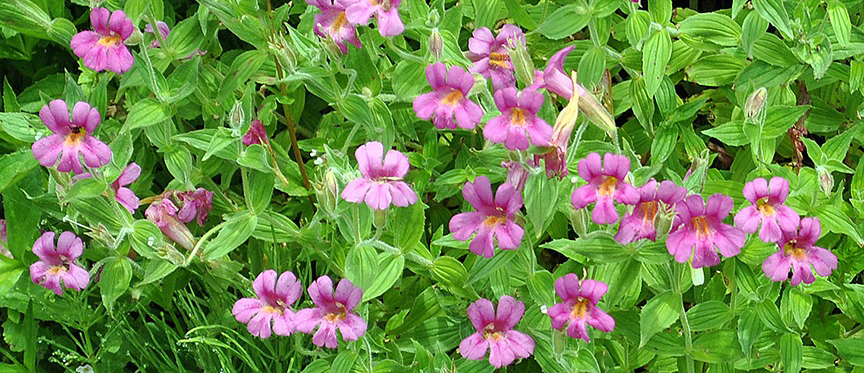
Part 1: Bursts of Color on the Drive to Paradise
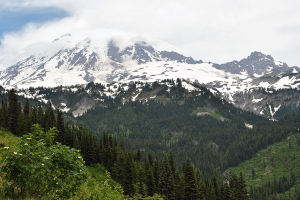 The week found me on Mt. Rainier—what we Seattleites like to call “The Mountain.” I see it daily rising from behind Lake Washington on my walk through Seward Park, but I only get the chance to visit once every few years.
The week found me on Mt. Rainier—what we Seattleites like to call “The Mountain.” I see it daily rising from behind Lake Washington on my walk through Seward Park, but I only get the chance to visit once every few years.
We took our tiny trailer to the Ohanapekosh Campground at the southeast corner of the National Park. Because we brought our dog along, we could not hike any of the major trails. Instead, we took in the short trails around the campgrounds, and made the 20-mile drive up to the Paradise Visitor Center at the base of the glacier.
July is peak wildflower season in the North Cascades, and I was not disappointed with the display of color as we gained nearly 3,700 ft. in elevation. Gone were the shade-loving greens of the campground, replaced with a rainbow of yellows, reds, pinks and purples. The route boasts a number of pull-offs to allow travelers to take in the various views of the mountain. I took advantage of them to get a closer look at the flowers too, documenting the blooms to assess their potential as garden plants. Not every alpine plant can flourish at sea level, but we’ve been successful with a few.
Often, websites for native plant nurseries don’t have photos of all of their inventory, so it’s nice to get to see the flowers in their natural settings. I saw many that I’d love to add to my collection of natives plants in my garden, but I’ll need to hunt far and wide to procure some. It is illegal to take plants from the wild, and many do not propagate easily. For now, I’ll have to be content with photos. I hope you enjoy them too.
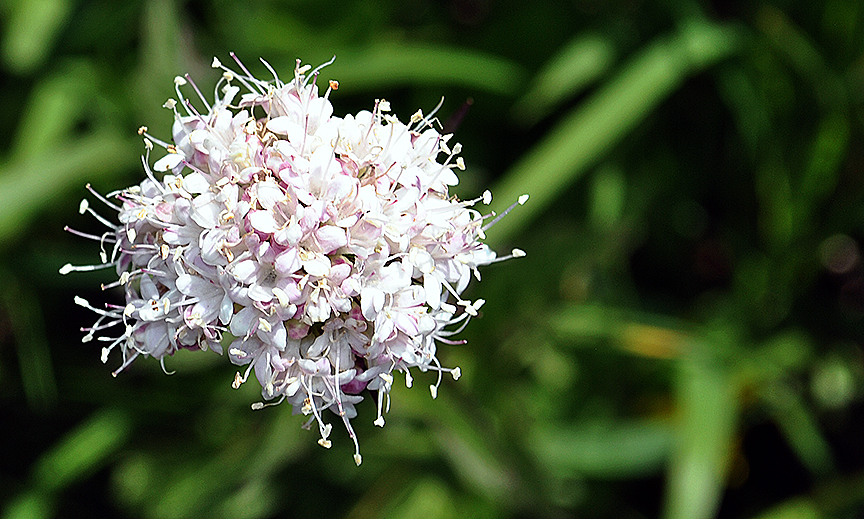
Sitka Valerian – Mountain heliotrope
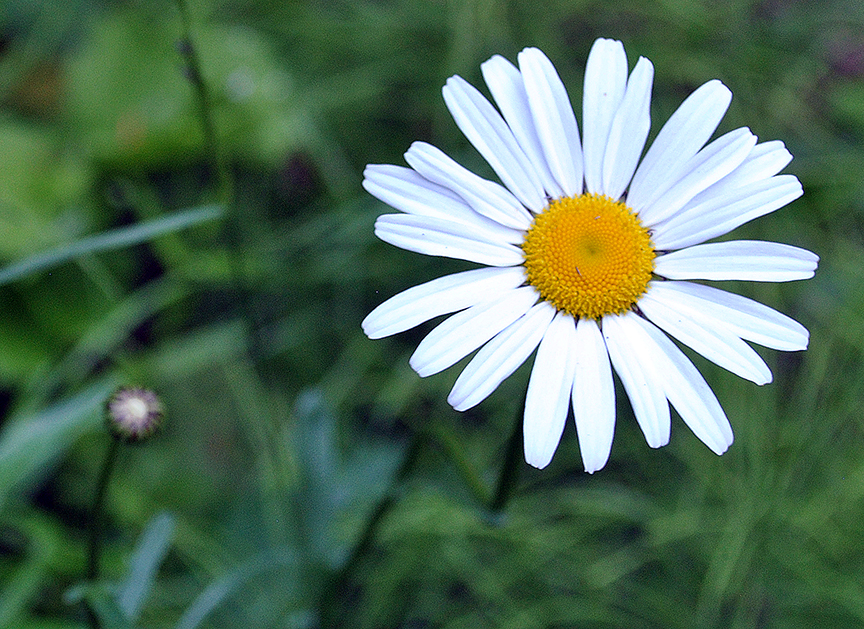
Oxeye Daisy – Leucanthemum vulgare – I have these in my own garden, purchased from a native plant sale in Tacoma nearly 20 years ago. They spread like crazy. I am constantly digging up volunteers to give to friends.
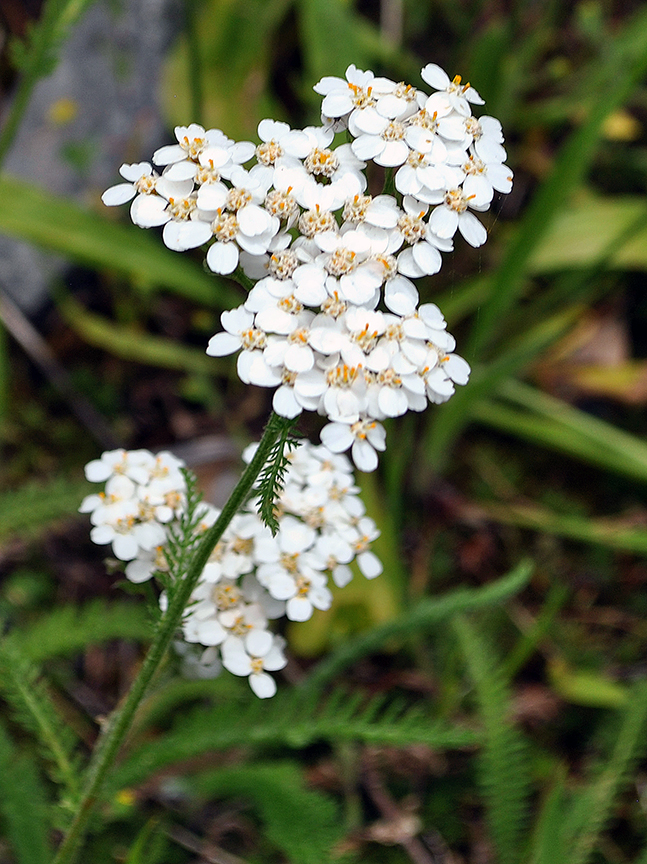
Yarrow – Achillea millefoliu*
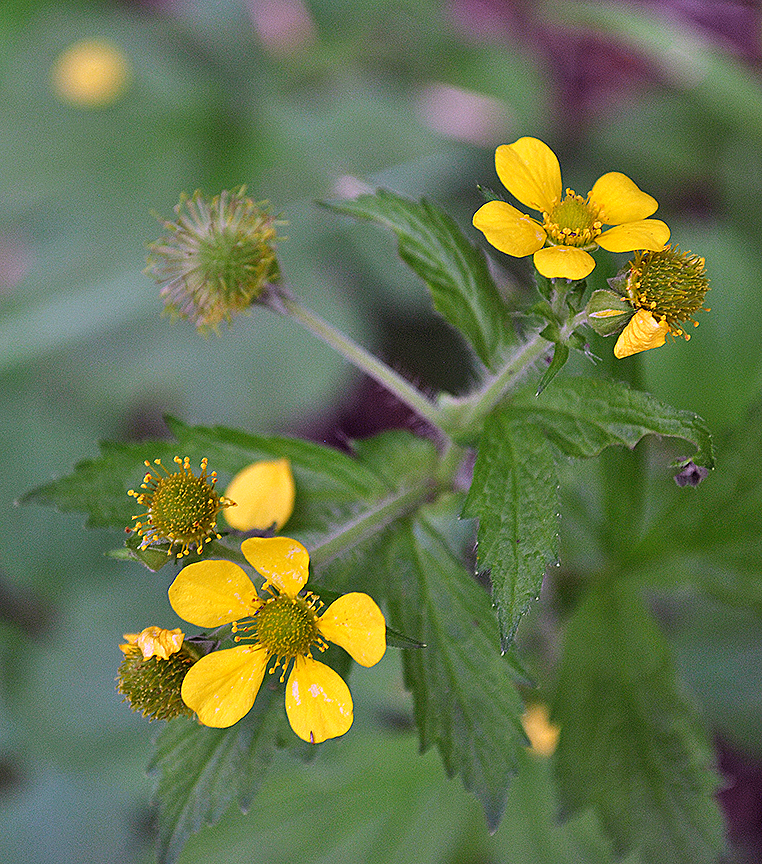
Large-leaved Avens – Geum macrophyllum* Another that graces my own garden. An early bloomer, it’s one of the first sources of food for bees.
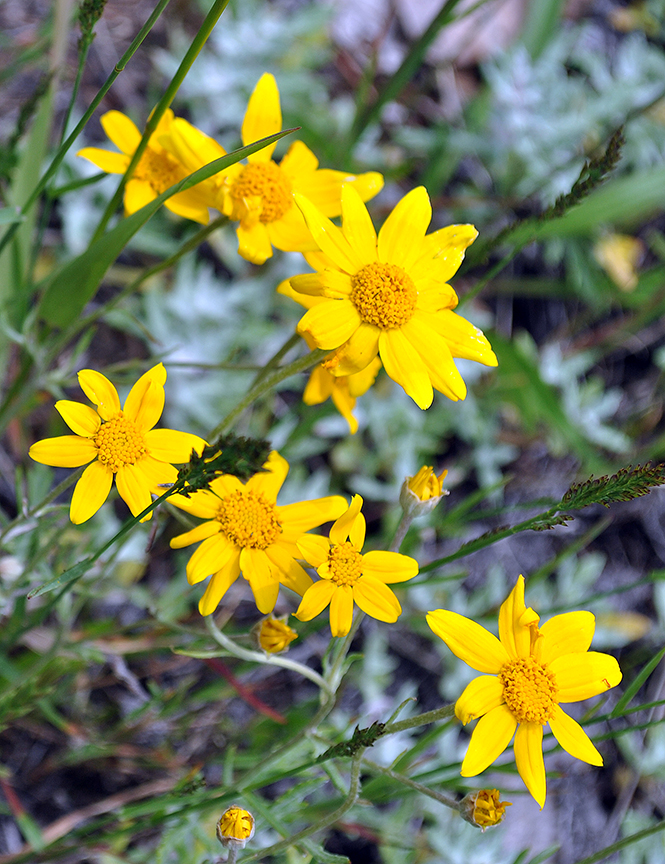
Heartleaf Arnica – Arnica cordifolia Similar to coreopsis, this would be terrific for attracting bees.
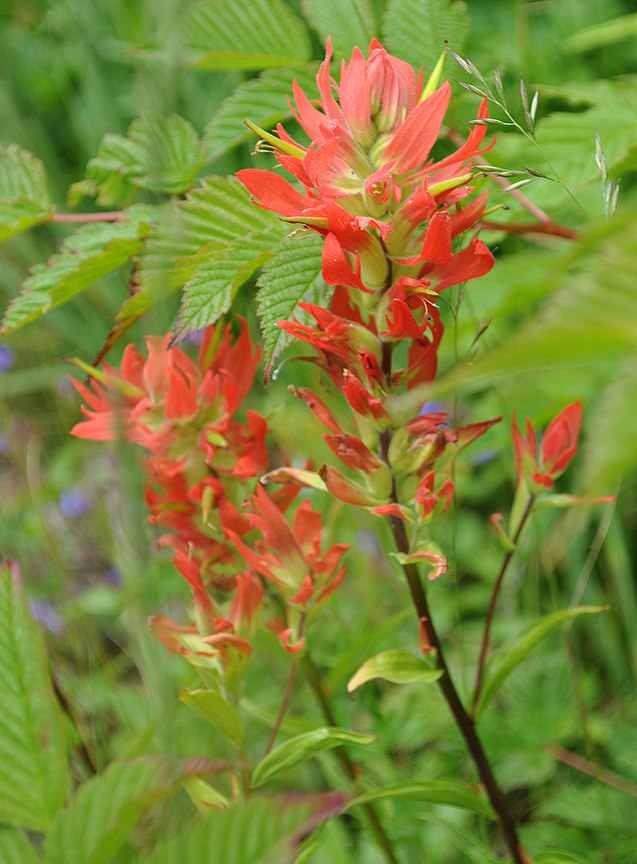
Suksdorf’s Paintbrush – Castilleja suksdorfii
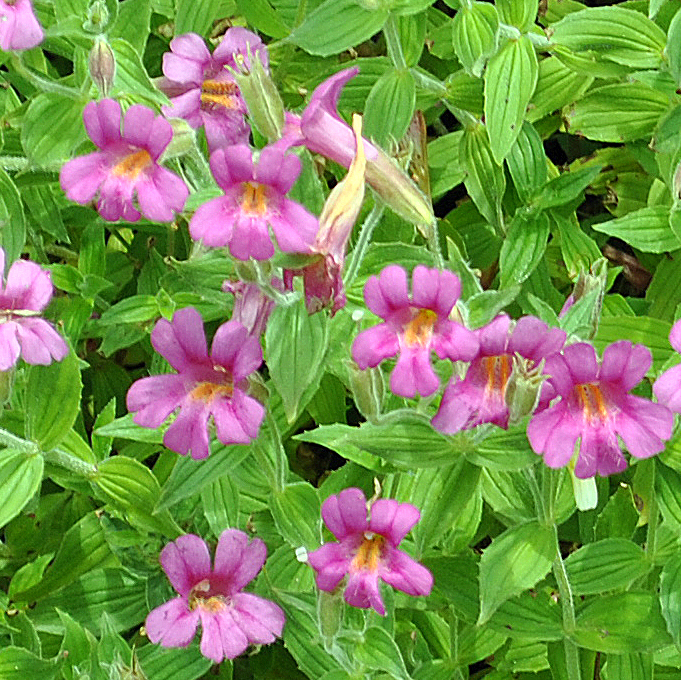
Lewis’s Monkeyflower – Mimulus lewisii* This delicate pink flower grew in bunches mixed with the golden arnica for a delightful mix of color.
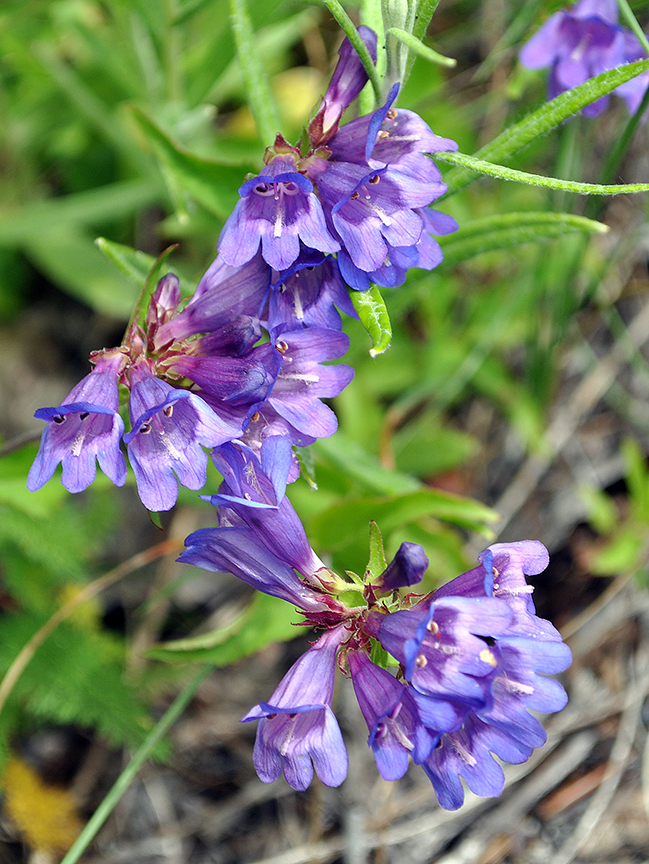
Cascades Penstemon – Penstemon serrulatus* Just one of the many penstemons native to Washington state. I have this one in my garden too!
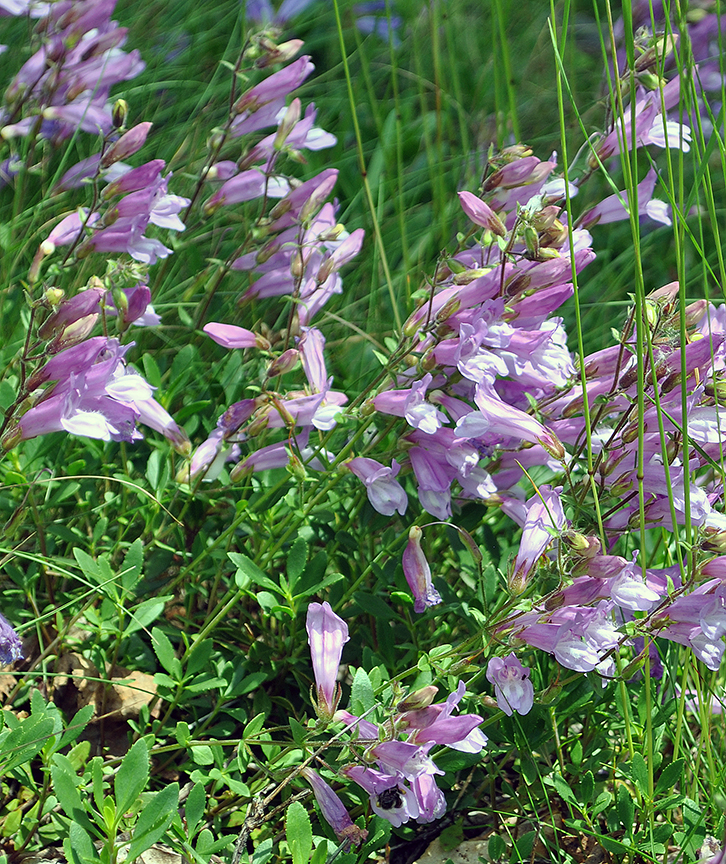
Shrubby Penstemon – Penstemon fruticosus If you look at the blossom at the center of the bottom, you will see one of the few pollinators I spotted while on the trip.
*These plants can be ordered from Go Natives! in Richmond Beach, WA. I’ll be scouring other sources to see if I can find some of the others for home gardens.
- Words by Andrea Leigh Ptak
- July 5, 2014
- 7 Comments
The views Mt Rainier gives Seattle on a clear day are magnificent. Thank you for giving us such tiny bursts of beauty from your journey. I really do need to see what varieties of local wild plants I can get for my garden here in PA.
Great pictures of beautiful flowers!
Gorgeous! Thanks for sharing! As a former NPS employee, we plan our vacations around visiting NPS sites, but this is one I haven’t seen yet. I’ll get there one day. Especially now after seeing these pictures!
Yes, Lisa! You definitely need to visit Mt. Rainier NP. It has a nice lodge at Paradise (not as impressive as the one in Yosemite, but charming nonetheless. The park has a ton of hiking trails and three separate campgrounds at different parts of the park. If you make it as far as the PNW, you should also take in Olympic National Park to visit the Ho Rainforest—just wonderful.
WOW just what I was searching for. Came here by searching for generating blogging
My brother suggested I would possibly like this web site.
He was once entirely right. This publish truly made my day.
You cann’t imagine simply how a lot time I had spent for
this information! Thank you!
Very great post. I simply stumbled upon your blog and wanted to say that I’ve truly enjoyed browsing your
weblog posts. After all I’ll be subscribing for your rss feed and I am hoping you write again soon!